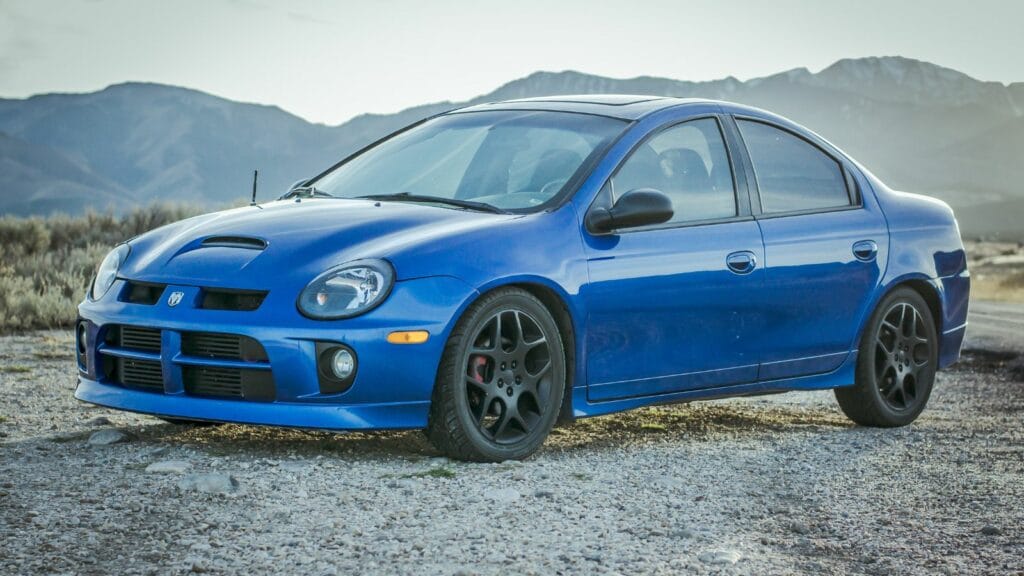Once a familiar sight from coast to coast, some vehicles have defined Canadian commuting. From family haulers and trusty winter beaters to fuel-efficient road warriors, many of these cars were top sellers in their heyday. But thanks to changing tastes, rising repair costs, and evolving emissions standards, they are quietly disappearing from streets, driveways, and used lots across the country. Here are 20 cars that used to dominate Canadian roads, now they’re vanishing:
Pontiac Sunfire

Once the go-to choice for budget-conscious Canadians, the Pontiac Sunfire was everywhere in the late ’90s and early 2000s. It was relatively inexpensive to purchase, easy to maintain, and could withstand brutal winters. However, with Pontiac phased out in 2010 and the Sunfire discontinued long ago, most of these once-popular coupes and sedans have rusted into retirement. The aging fleet cannot compete with today’s fuel-efficient compacts, and younger drivers aren’t lining up to inherit old 2002 models, turning what was once a driveway staple into a rarity.
Ford Crown Victoria
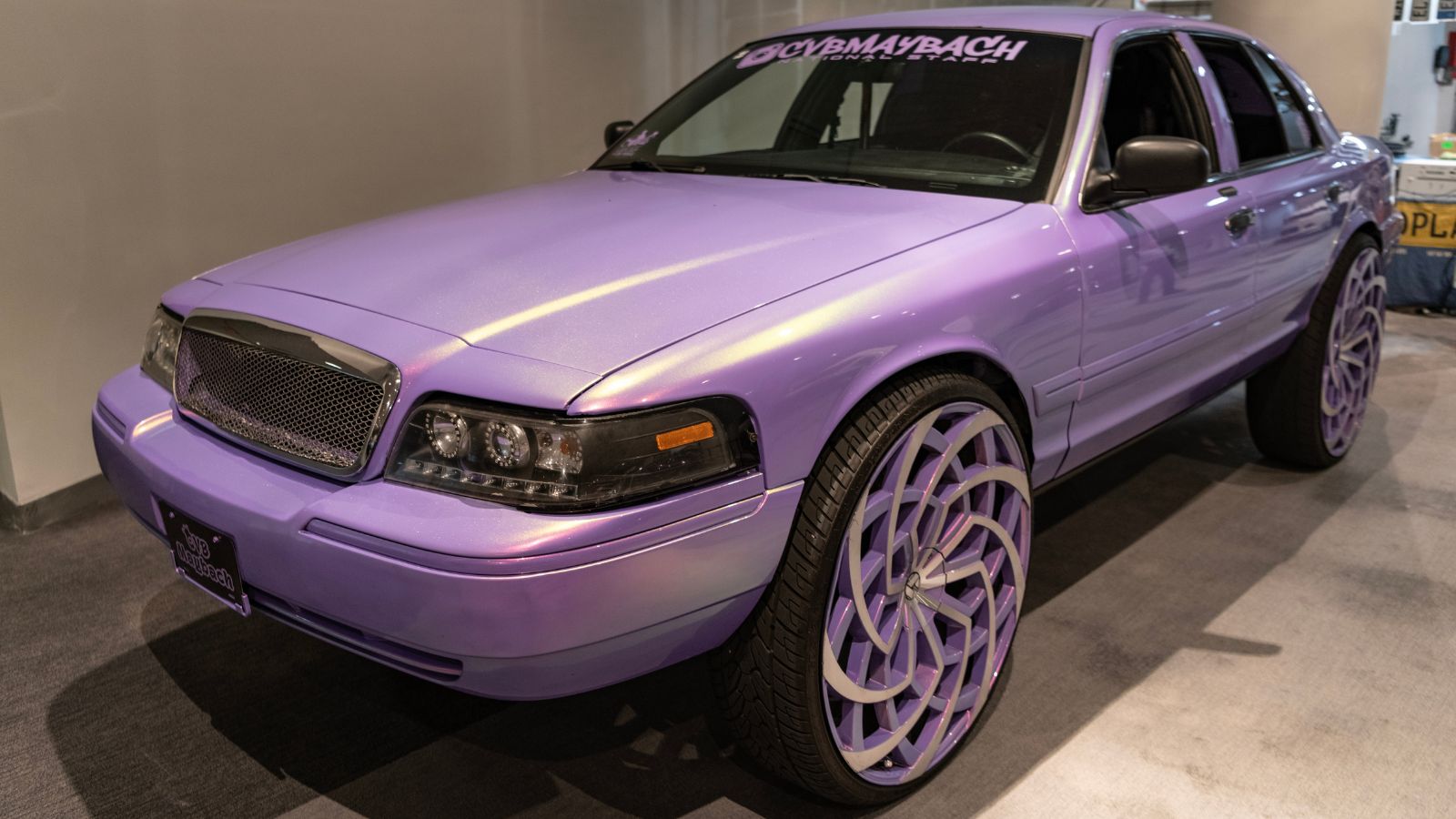
The Crown Vic was once a staple of Canadian police fleets, taxis, and retirees looking for a smooth ride. With its V8 engine, bulletproof frame, and comfortable bench seats, it offered classic North American luxury. But when Ford discontinued it in 2011, its slow decline began. While diehards still appreciate its durability, the market has shifted dramatically toward crossovers and fuel-efficient compacts. Repair costs have increased, parts are becoming harder to find, and many of the remaining models are finally being retired from active duty, making it increasingly rare to see one on the road.
Dodge Neon

The Dodge Neon was once a symbol of youthful affordability. In the late ’90s and early 2000s, it dominated campus parking lots and starter homes. It had just enough pep, was reasonably priced, and had the marketing edge of that iconic “Hi” ad campaign. But over time, its build quality and reliability issues became impossible to ignore. As better alternatives emerged and compact cars evolved, the Neon quickly fell out of favor. Dodge pulled the plug in 2005, and most of the fleet has since vanished from Canadian roads, either scrapped or mercifully forgotten.
Chevrolet Cavalier
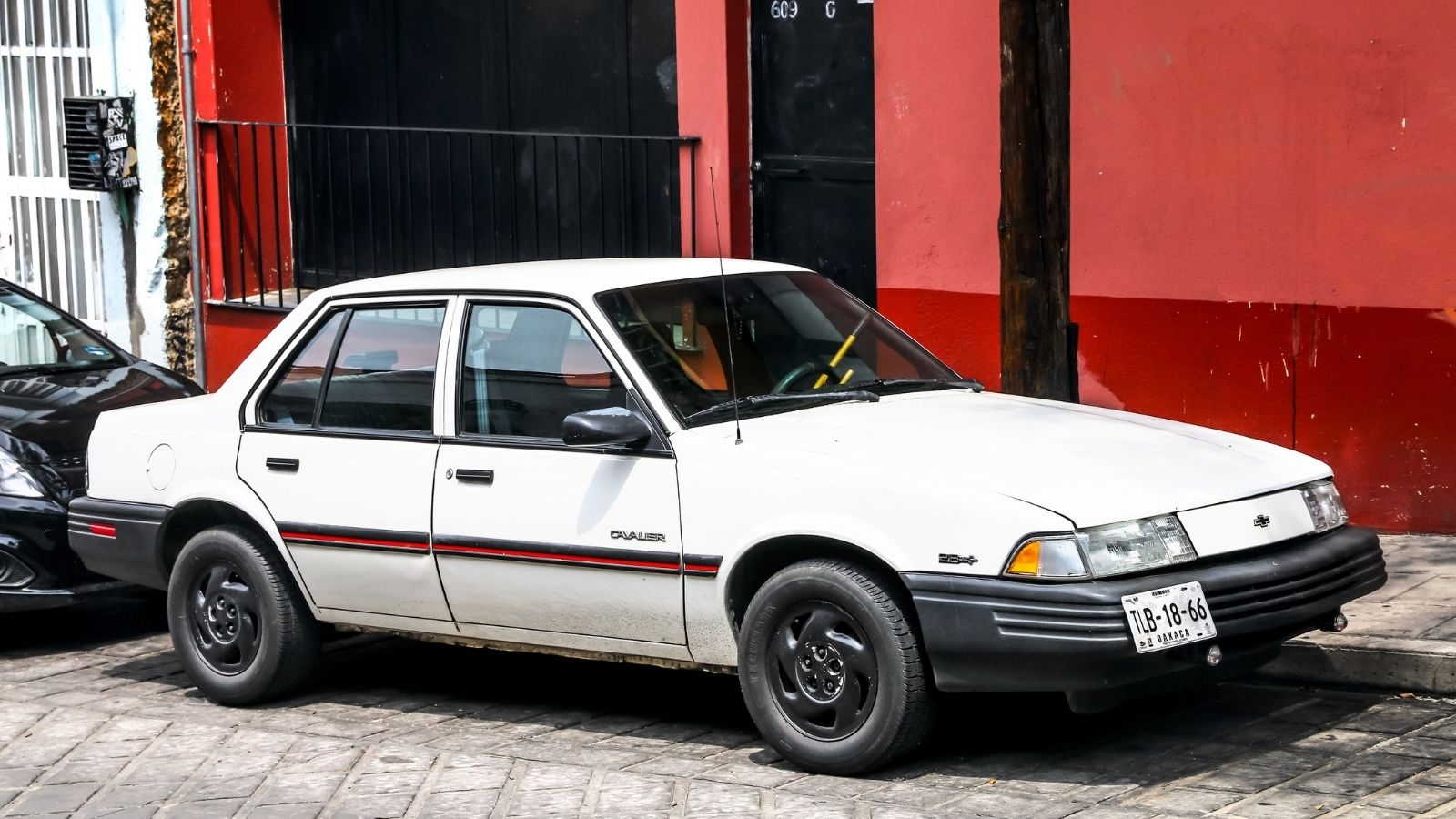
The Cavalier was one of General Motors’ best-selling compacts in Canada for nearly two decades. Affordable, reliable, and fuel-efficient, it became a favorite among first-time car buyers and families alike. But its lackluster safety ratings, dated styling, and declining quality led to its demise in 2005. GM replaced it with the Cobalt, which didn’t fare much better. Today, very few Cavaliers remain roadworthy, and those that are still running tend to be high-mileage survivors in need of serious TLC.
Honda Element
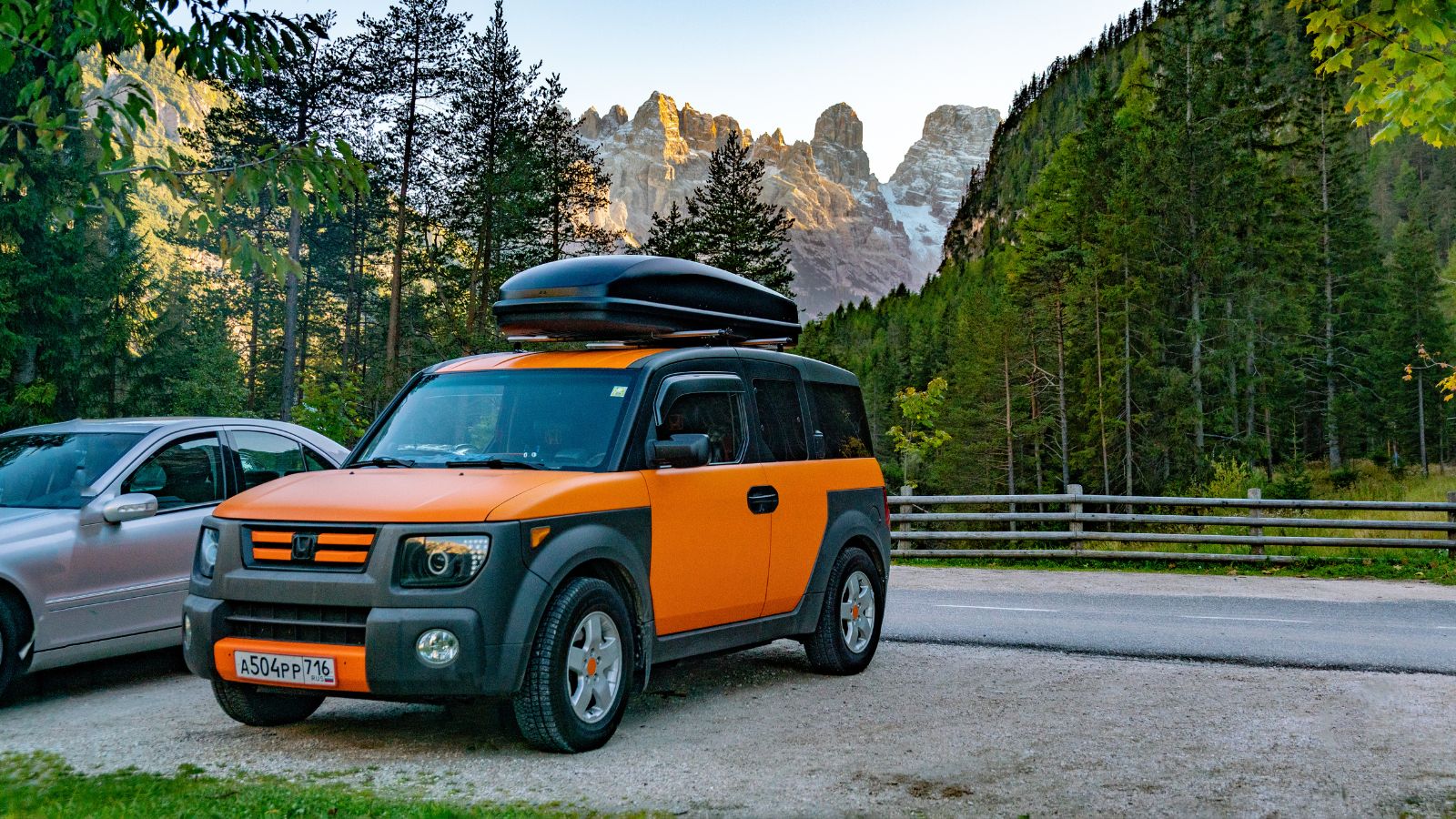
Quirky, boxy, and beloved by outdoor enthusiasts, the Honda Element was a cult favorite in Canada during the mid-2000s. Its clamshell doors and water-resistant interior made it perfect for dog owners, snowboarders, and road-trippers. But its unconventional design also limited mass-market appeal. Honda discontinued it in 2011, and while some loyalists have kept theirs running, the majority have succumbed to rust and wear and tear. Used prices are strangely high, but parts availability is shrinking.
Toyota Matrix

The Matrix was a practical and reliable hatchback that once ruled Canadian driveways. A joint venture between Toyota and GM, it offered sedan-like fuel economy with SUV-style space, a perfect combination for families and commuters. Canadians loved its versatility, especially in snow-heavy provinces, but Toyota ceased production in 2014. Its quiet, competent nature made it forgettable over time. As more stylish crossovers took over the market, the Matrix lost its foothold, and today, it is rare to see one in good shape, despite once being a top pick among practical drivers.
Chrysler Sebring
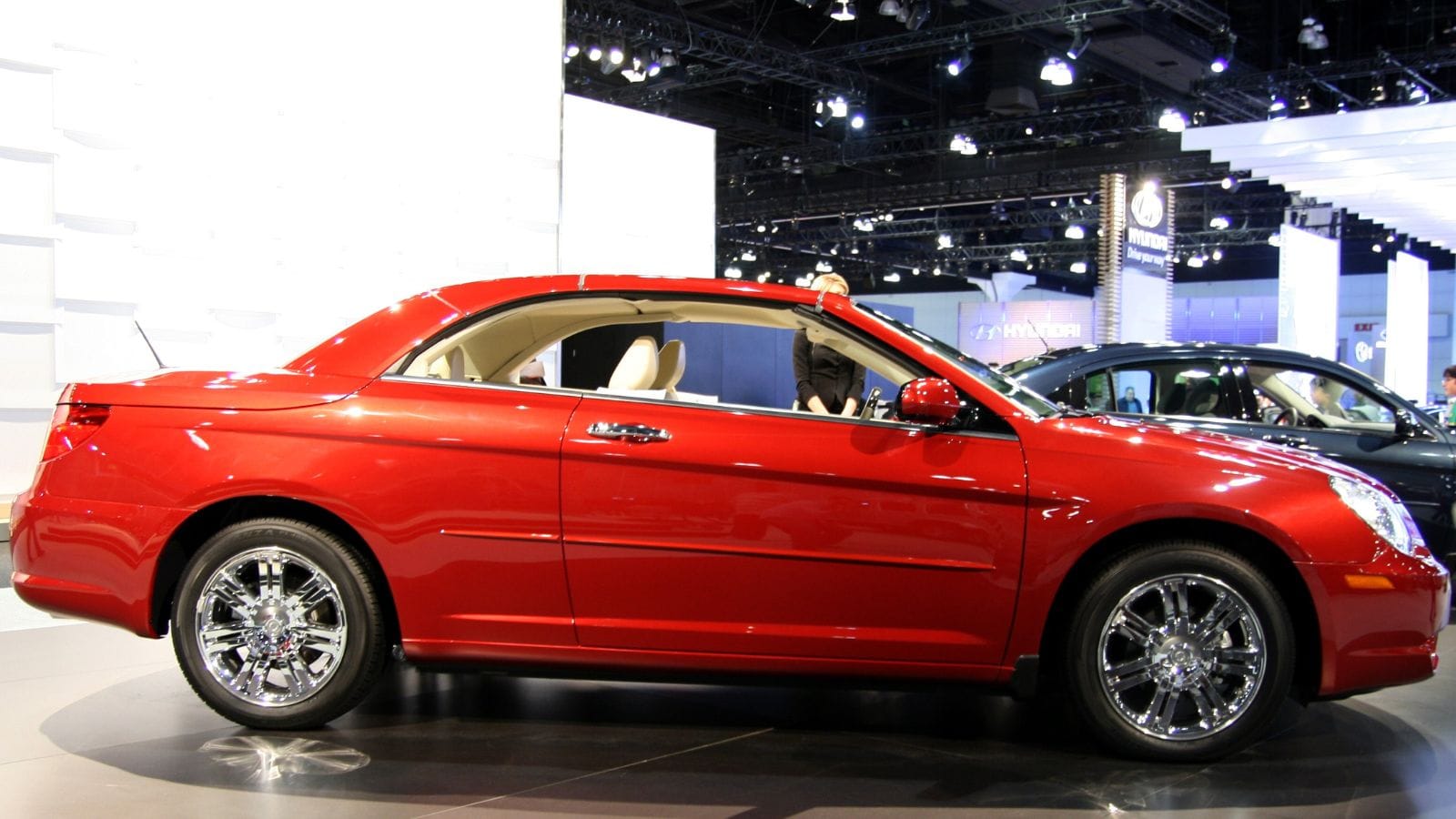
The Chrysler Sebring sedan and convertible once symbolized attainable luxury in the early 2000s. Canadians appreciated its comfortable ride and affordable pricing, and rental companies enjoyed how easily they could fill their fleets with it. However, styling that aged poorly, subpar reliability, and transmission issues quickly pushed it out of favor. Chrysler discontinued the model in 2010, and even diehard Mopar fans weren’t clamoring to keep them on the road. Today, most Sebrings have quietly slipped into scrap yards.
Suzuki SX4
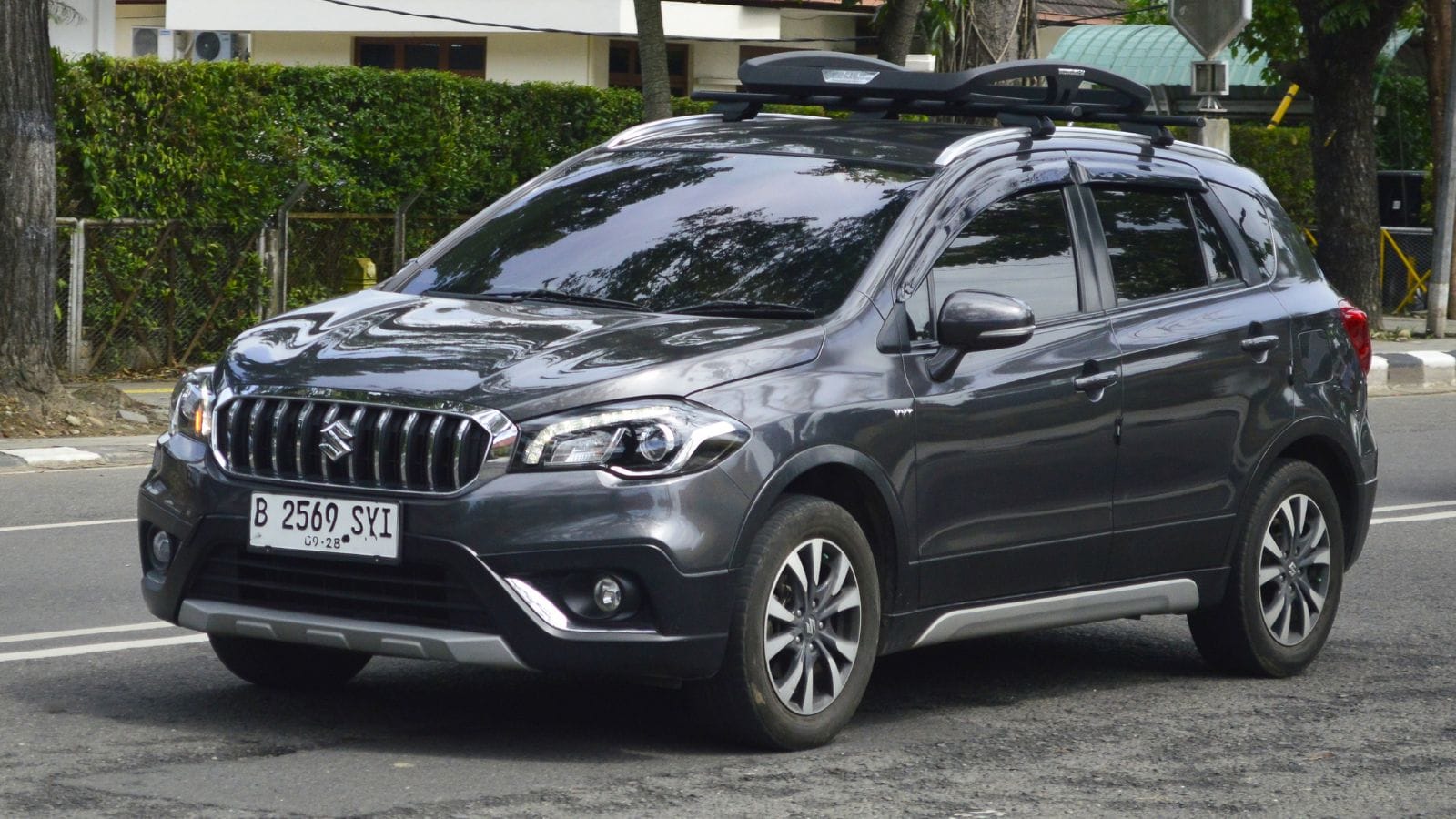
Before Suzuki withdrew from the Canadian car market, the SX4 was one of its most successful models in the country. It offered AWD in a compact hatchback body at a bargain price, ideal for Canadian winters. However, Suzuki’s departure in 2013 left owners scrambling for service and parts. Despite its practical appeal, the SX4’s resale value plummeted, and it began vanishing from the streets; now, even mechanics hesitate to work on them. While once a smart off-brand choice for frugal snow warriors, the SX4 is now more commonly spotted on “for parts only” listings than actual roads.
Chevrolet Impala
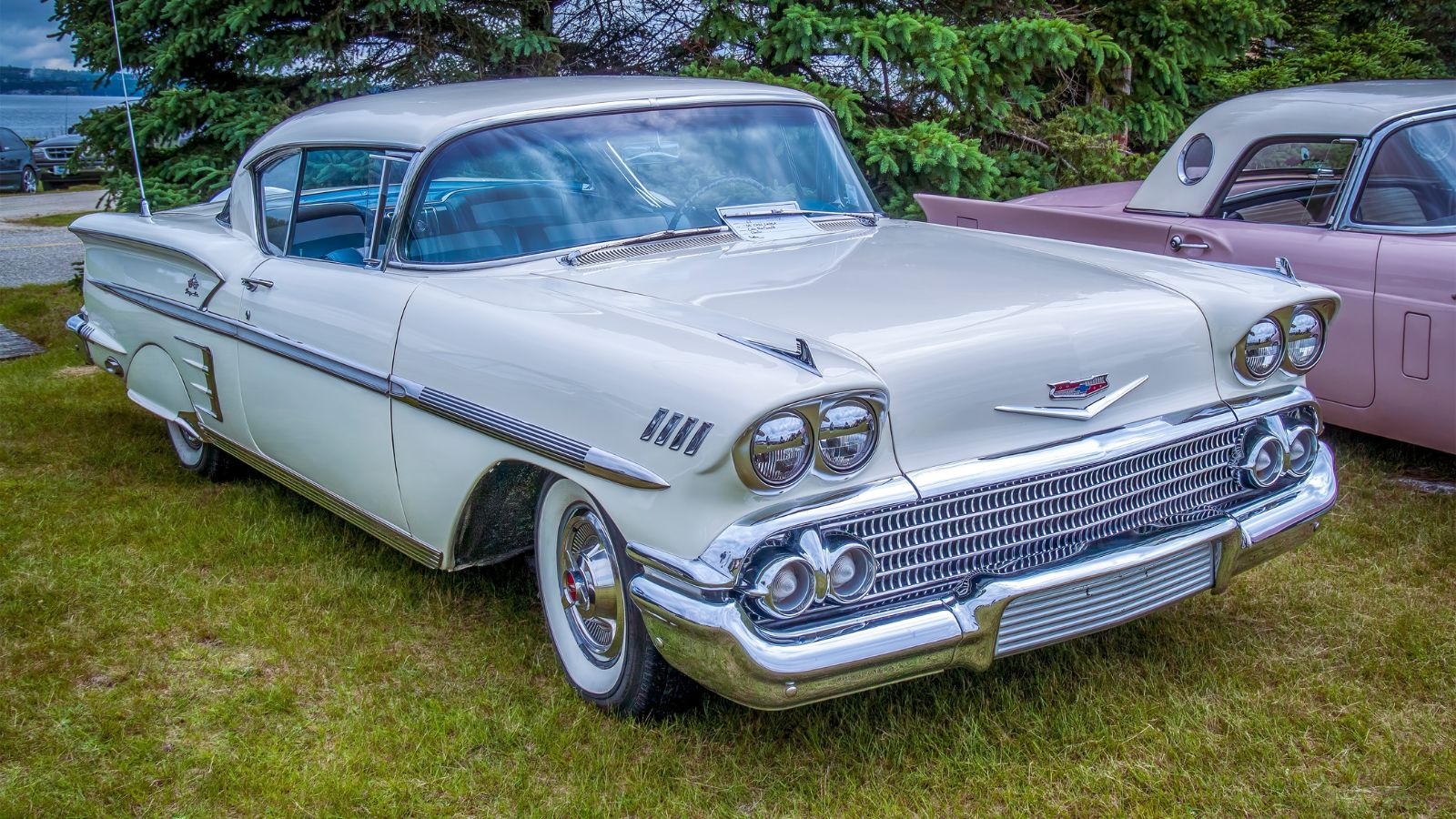
The Impala used to be Chevrolet’s flagship full-size sedan and a frequent presence in Canadian driveways. It offered ample room, a smooth ride, and decent power at a reasonable price, which was ideal for long drives or large families. But as sedans fell out of fashion and fuel economy became paramount, even this best-seller could not hang on. GM officially ended production in 2020, sealing its fate, and now, the Impala feels like a relic of another era, outpaced by SUVs and crossovers in nearly every metric.
Saturn Ion
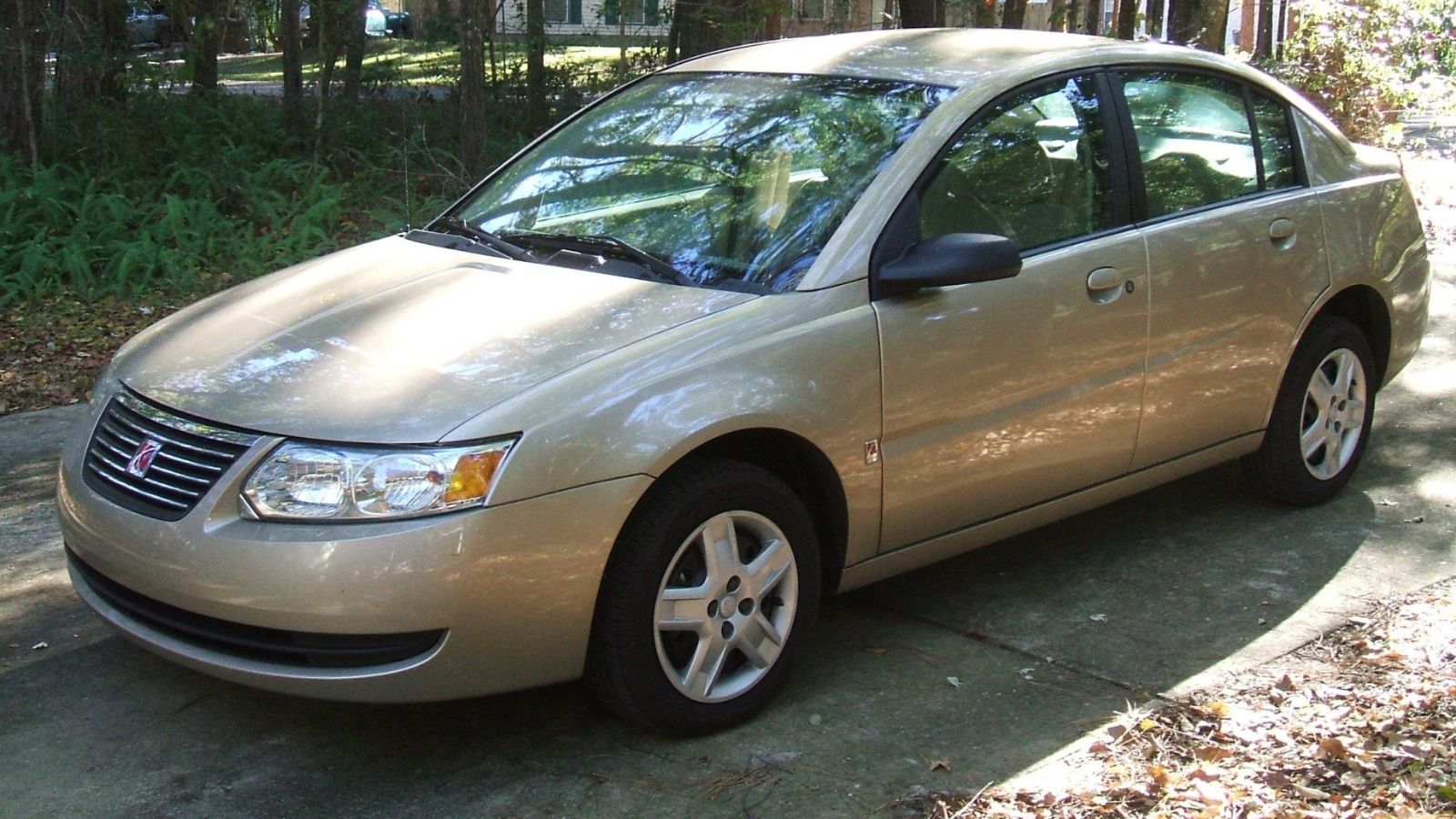
The Saturn Ion was a poster child for GM’s early 2000s affordability push. Canadians loved its polymer panels, which did not rust, and the unconventional center-mounted gauges. At the same time, critics were less kind, pointing to subpar safety scores and a driving experience that felt more economical than ergonomic. When GM axed the entire Saturn brand in 2010, the Ion became a dead end for resale and support. Few owners held on, and these days, seeing one in decent shape is a rare throwback, usually a sign that it’s about to be sold “as is” for parts.
Mazda Protégé
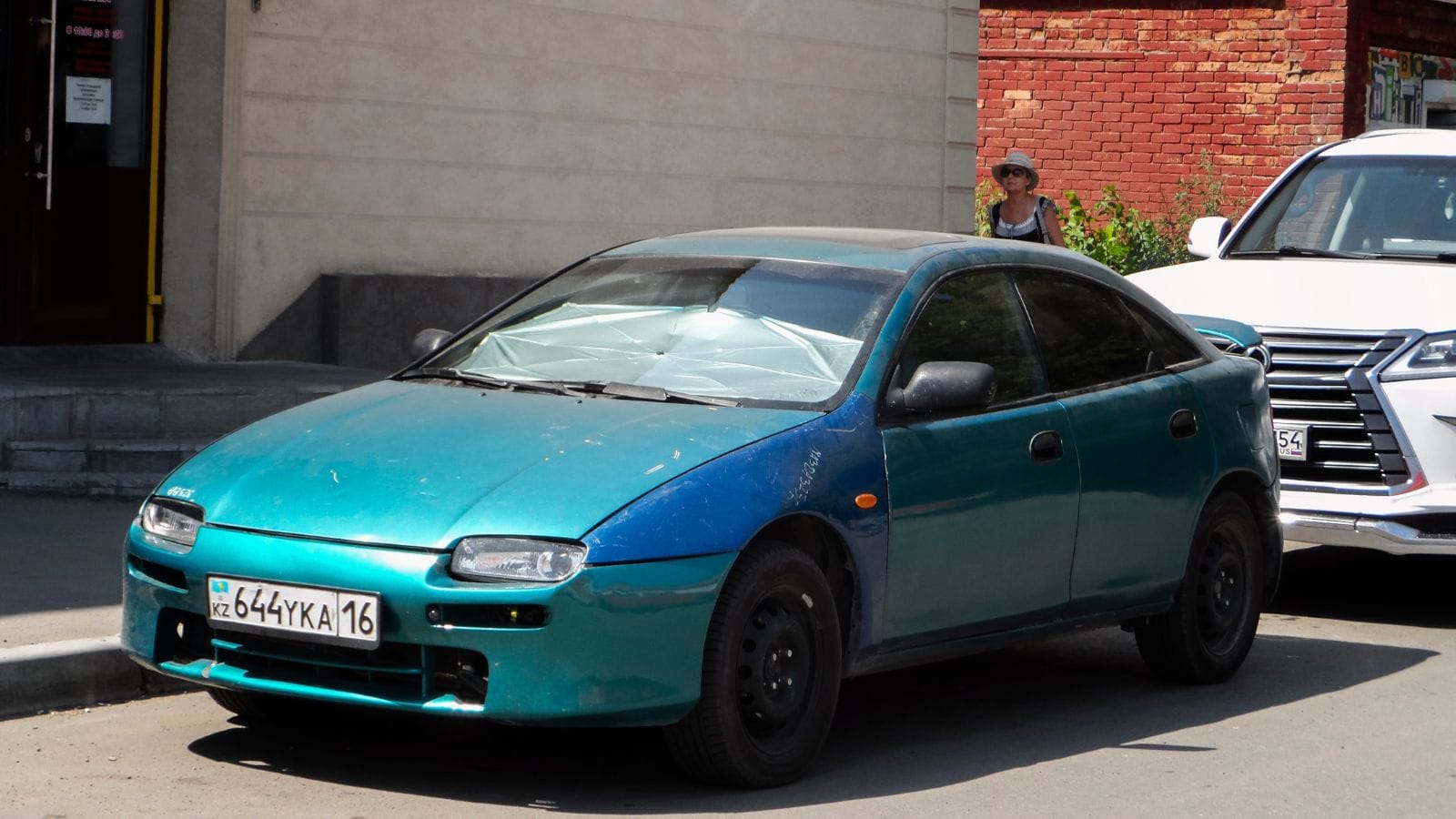
Before the Mazda3 became a compact powerhouse, the Protégé quietly earned a reputation as one of the most dependable small cars on Canadian roads. It combined peppy performance, decent styling, and excellent handling, making it a favorite among young professionals and students. But by the late 2000s, the Protégé was phased out in favor of newer models. Many owners held on as long as they could, but issues with rust and outdated safety features ultimately sealed their fate. It was once a regular on city streets and university lots, but the Protégé has all but disappeared from the Canadian landscape.
Hyundai Accent (Pre-2012 Models)
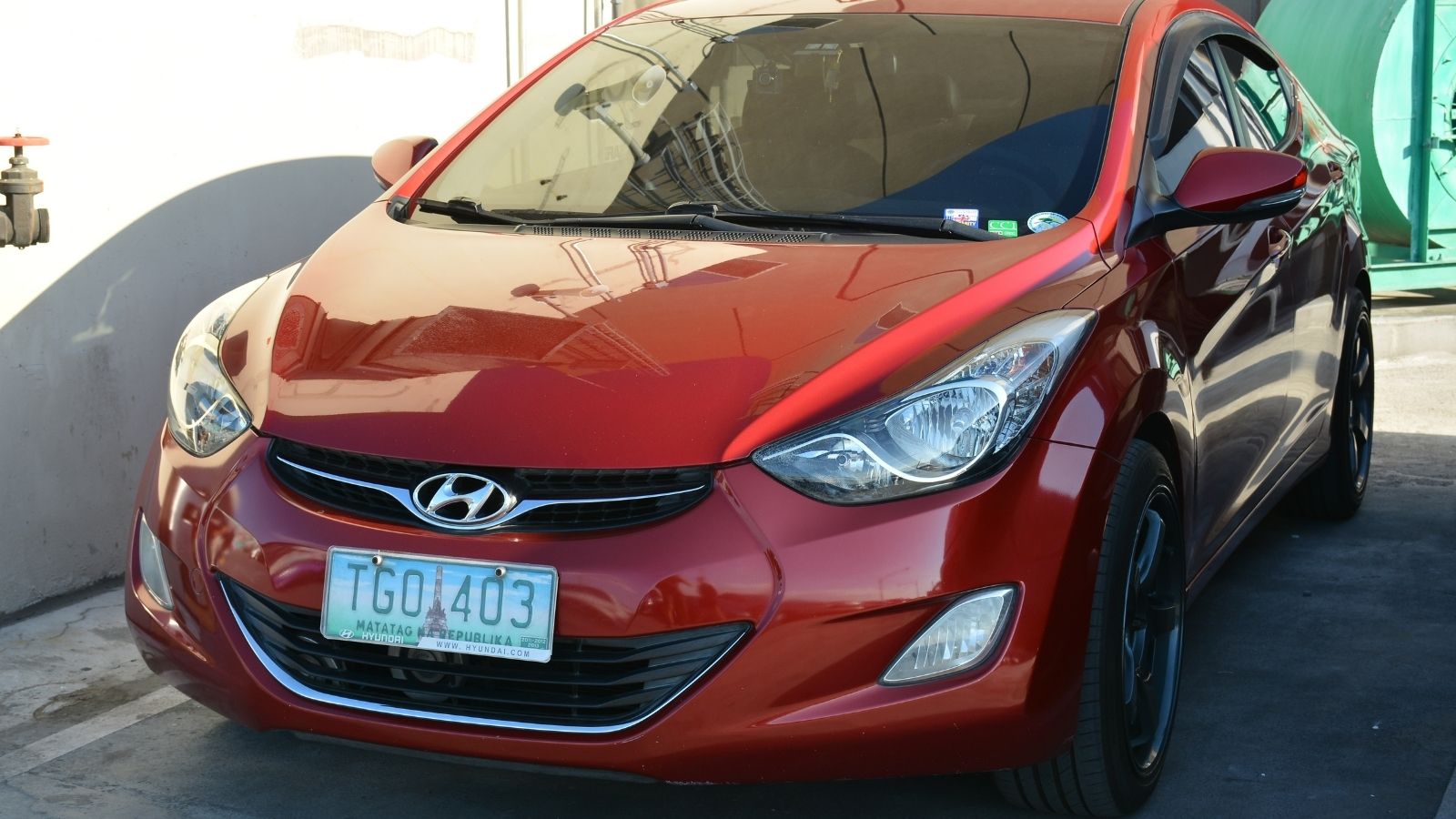
In the early 2000s, the Hyundai Accent was one of the most affordable new cars on the Canadian market. It offered great fuel economy and a long warranty, attracting budget-minded drivers across the country. However, pre-2012 models were notorious for their susceptibility to rust, limited safety features, and poor winter handling. As newer generations improved dramatically, older Accents were quickly phased out. Most have now either been scrapped or sold to scrap dealers for parts. Despite being one of Canada’s top-selling small cars for years, the early Accent generations have largely vanished.
Nissan Altima (2002–2006)
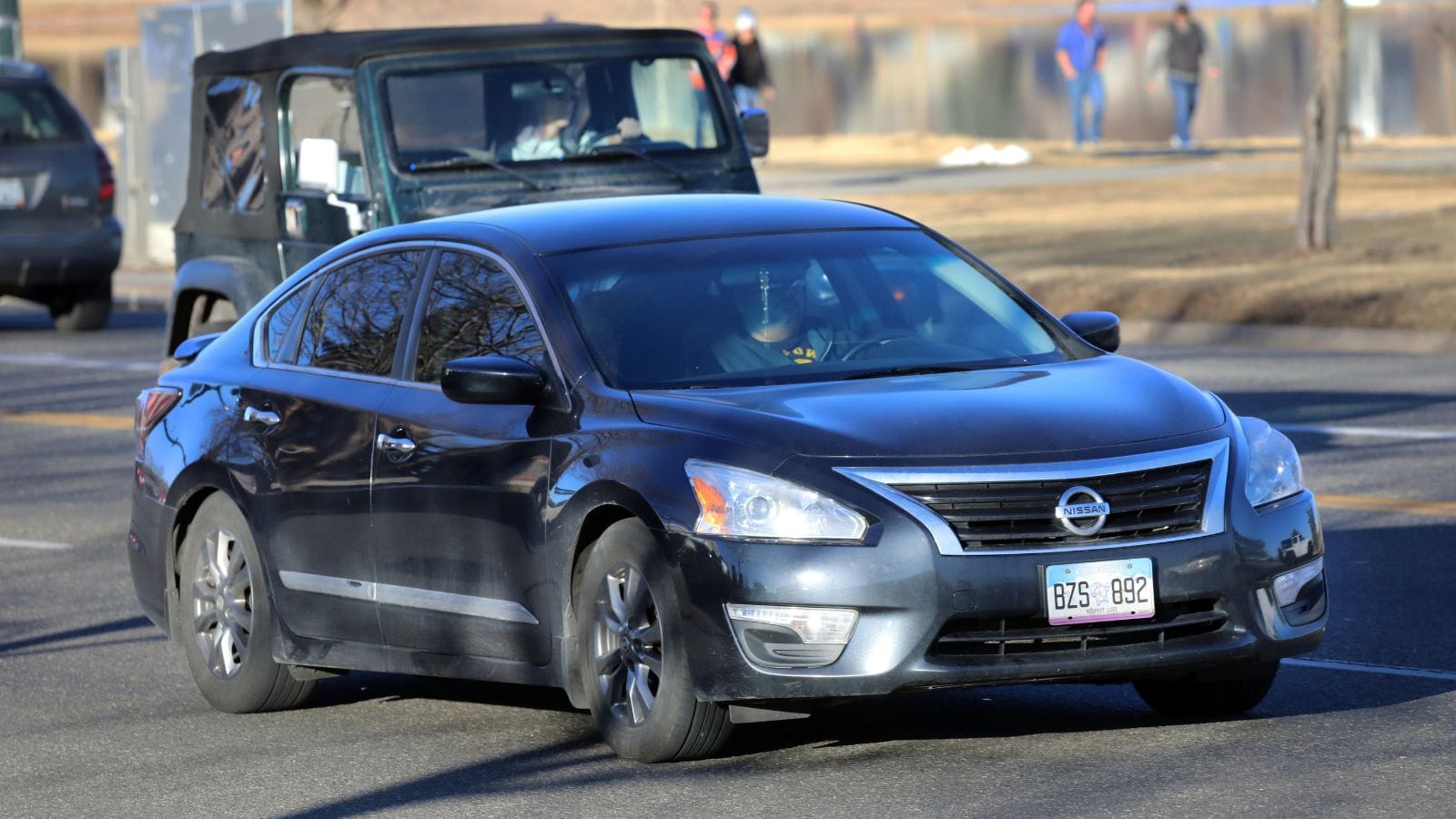
There was a time when the Altima was Nissan’s rising star in Canada, offering midsize comfort with sporty flair. The 2002–2006 generation, in particular, sold well thanks to strong styling and decent performance. However, aging transmissions, rust-prone frames, and electrical quirks began to emerge over time. While newer Altimas still hold their place in suburban driveways, the earlier models have steadily disappeared. Reliability concerns combined with low resale value pushed many Canadians to trade in or scrap them entirely.
Oldsmobile Alero
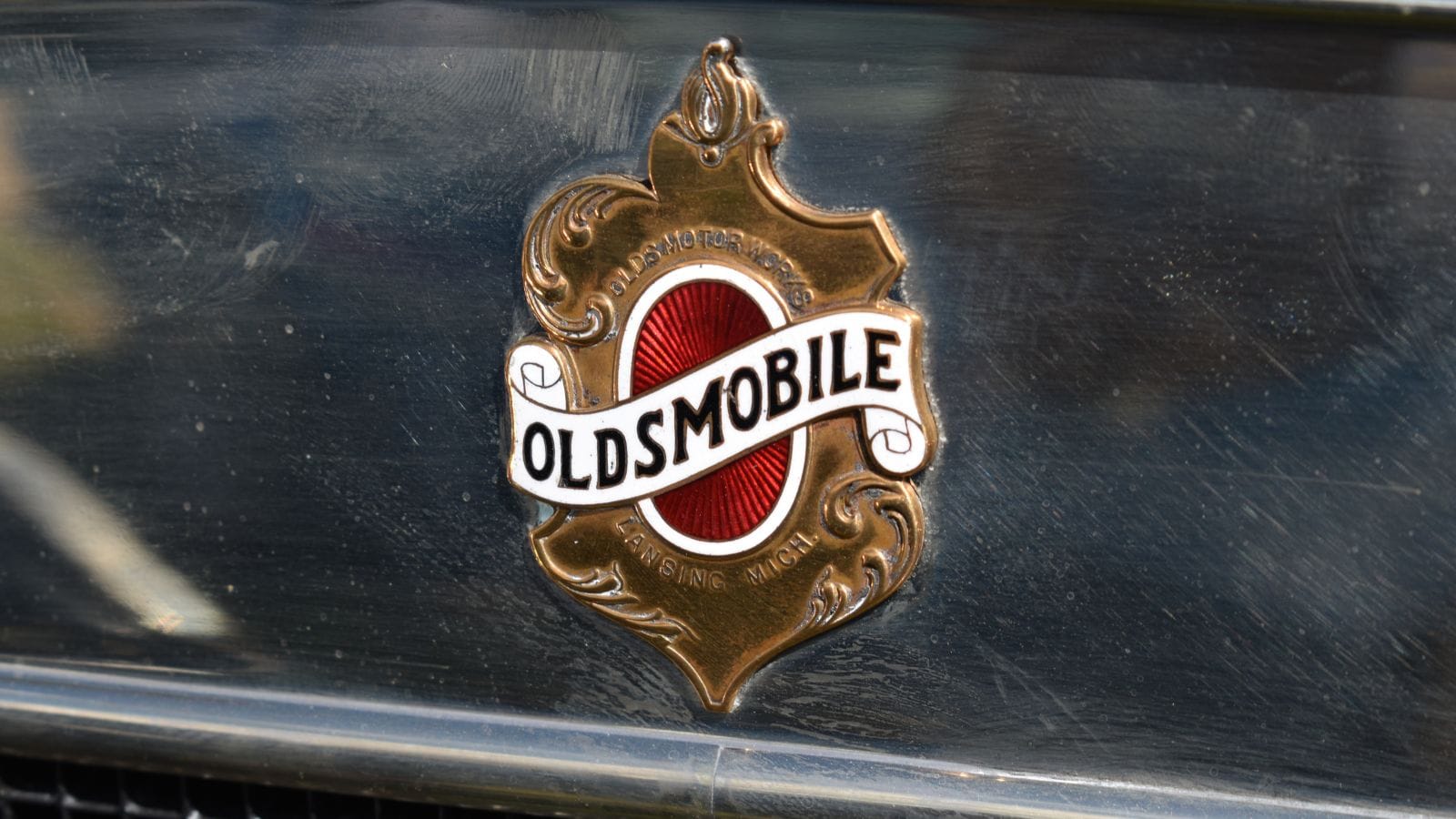
Back in the early 2000s, the Alero was one of GM’s best bets for capturing the entry-level sedan market. Canadians appreciated its sleek design and V6 options, especially at a price point that undercut those of its Japanese rivals. But when Oldsmobile was shut down in 2004, so was any hope of long-term support. Repairs became difficult, and resale value evaporated, while over the years, more reliable and efficient competitors gradually replaced Aleros. Now, the few remaining on the road are often in rough shape, signaling the end of a once-prominent GM model that could not weather the long haul.
Kia Spectra

Long before Kia earned its current reputation for quality and style, the Spectra was its entry into the compact Canadian market. It was affordable, easy to insure, and delivered just enough comfort for commuters and first-time car owners. But quality control issues, poor crash-test ratings, and minimal brand loyalty plagued its sales over time. Once the Forte and Soul arrived with better performance and design, the Spectra became obsolete, and most were scrapped or traded in by the early 2010s. Today, spotting a Spectra on Canadian roads is like finding a time capsule, often with a cracked dashboard.
Chevrolet Malibu (Pre-2013 Models)

The Malibu has long been a workhorse in GM’s midsize lineup, but earlier versions, especially from the 2004–2012 era, have not aged gracefully. Canadians bought them in droves, often as affordable alternatives to the Toyota Camry or Honda Accord; however, many of those models were plagued by electrical issues, poor build quality, and a fast-declining resale value. With newer Malibus offering better efficiency and safety, the older ones were quickly phased out. Today, mechanics often warn against investing in these aging models, and even scrapyards see more of them than buyers do.
Ford Escort
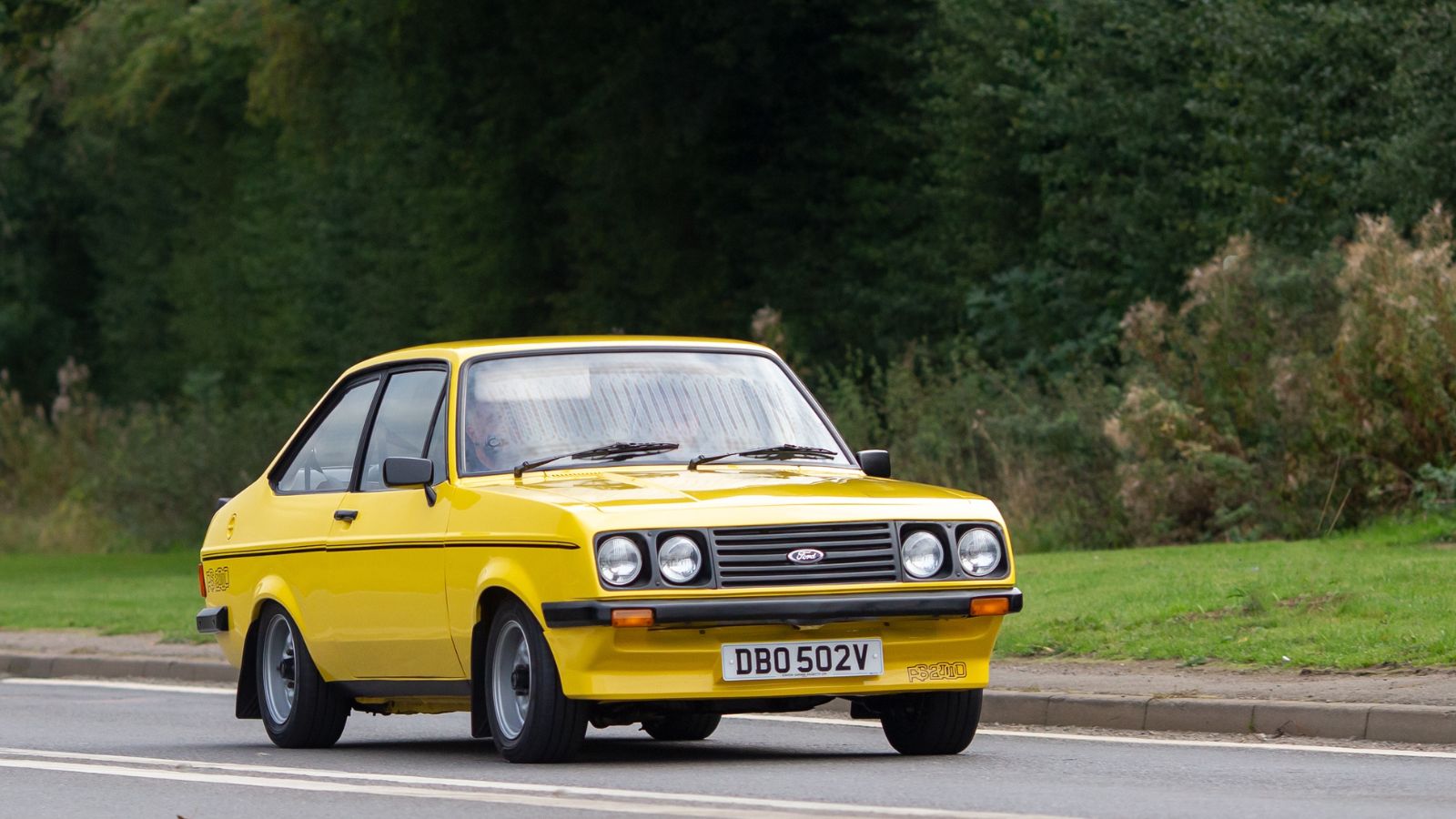
The Escort was one of Ford’s best-selling compact cars in Canada throughout the ’80s and ’90s. It was inexpensive, reliable, and easy to repair, making it perfect for students, retirees, or anyone who just needed a no-frills commuter. However, by the early 2000s, the Escort had been replaced by the Focus, and its boxy design and outdated technology could not keep pace with newer rivals. As parts became harder to find and rust became inevitable, most Canadians opted to let them go.
Subaru Legacy (Pre-2010 Models)
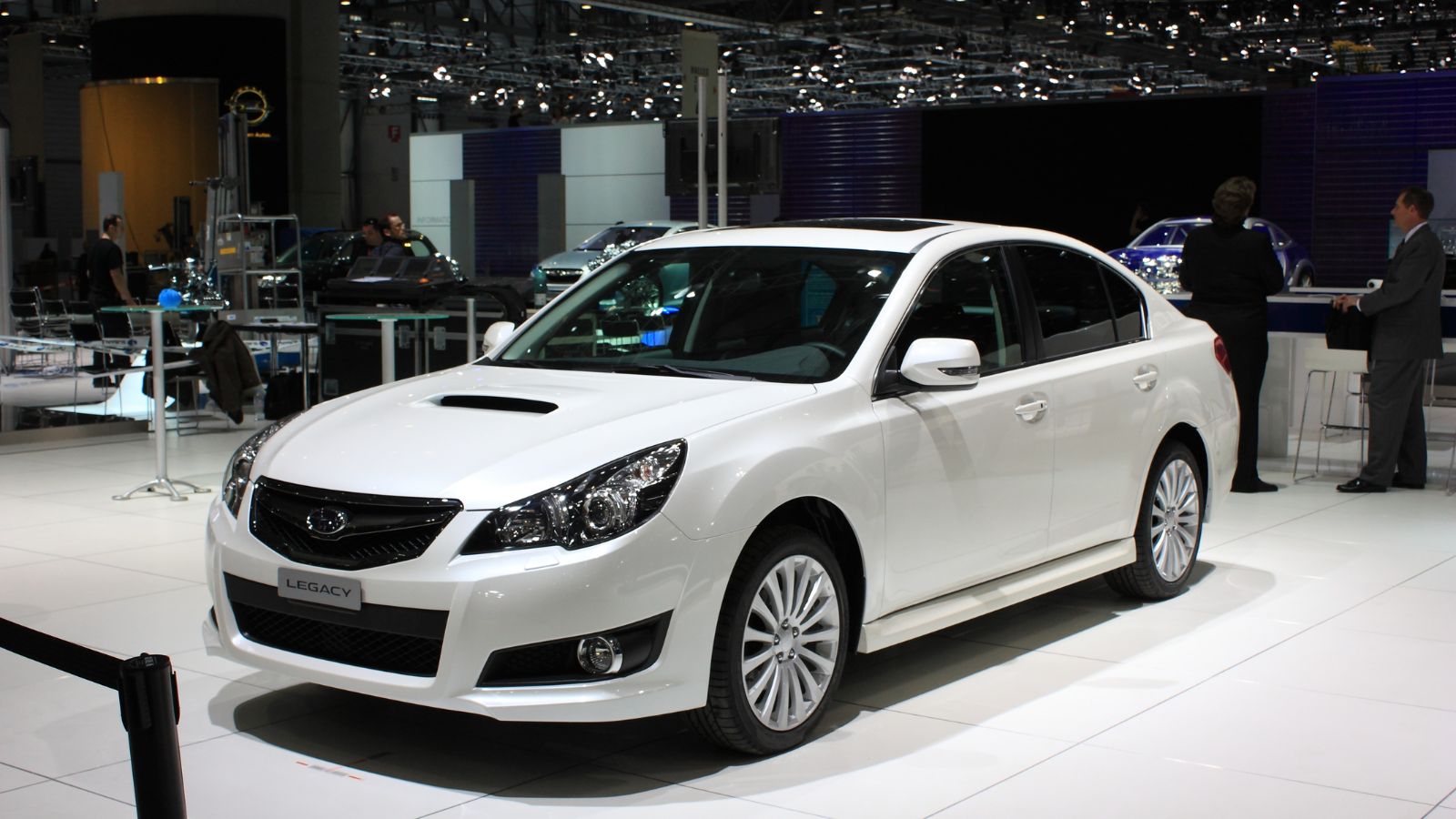
The Legacy was once Subaru’s quiet hero in Canada, providing all-wheel drive and reliable winter handling in a midsize sedan package. In snowbelt provinces like Ontario and B.C., it was a favorite for good reason, but pre-2010 models came with known head gasket issues and rust-prone underbodies. As Subaru shifted Focus toward the Outback and Crosstrek, the aging Legacy models were gradually left behind. Parts availability has become a challenge, and even Subaru enthusiasts now gravitate toward the brand’s crossovers.
Suzuki Esteem

Before Suzuki exited the Canadian auto market, the Esteem was a small but steady presence. Canadians appreciated its fuel economy and budget pricing, especially in wagon form, but the lack of brand recognition, limited dealership network, and weak resale value made it hard to recommend. When Suzuki left the market, the Esteem disappeared almost overnight. Parts are now scarce, mechanics are not eager to work on them, and most owners have moved on. Despite once being a smart alternative to pricier imports, the Esteem is now virtually extinct across Canada. It is known only to those who still have one buried in the garage.
Mitsubishi Lancer
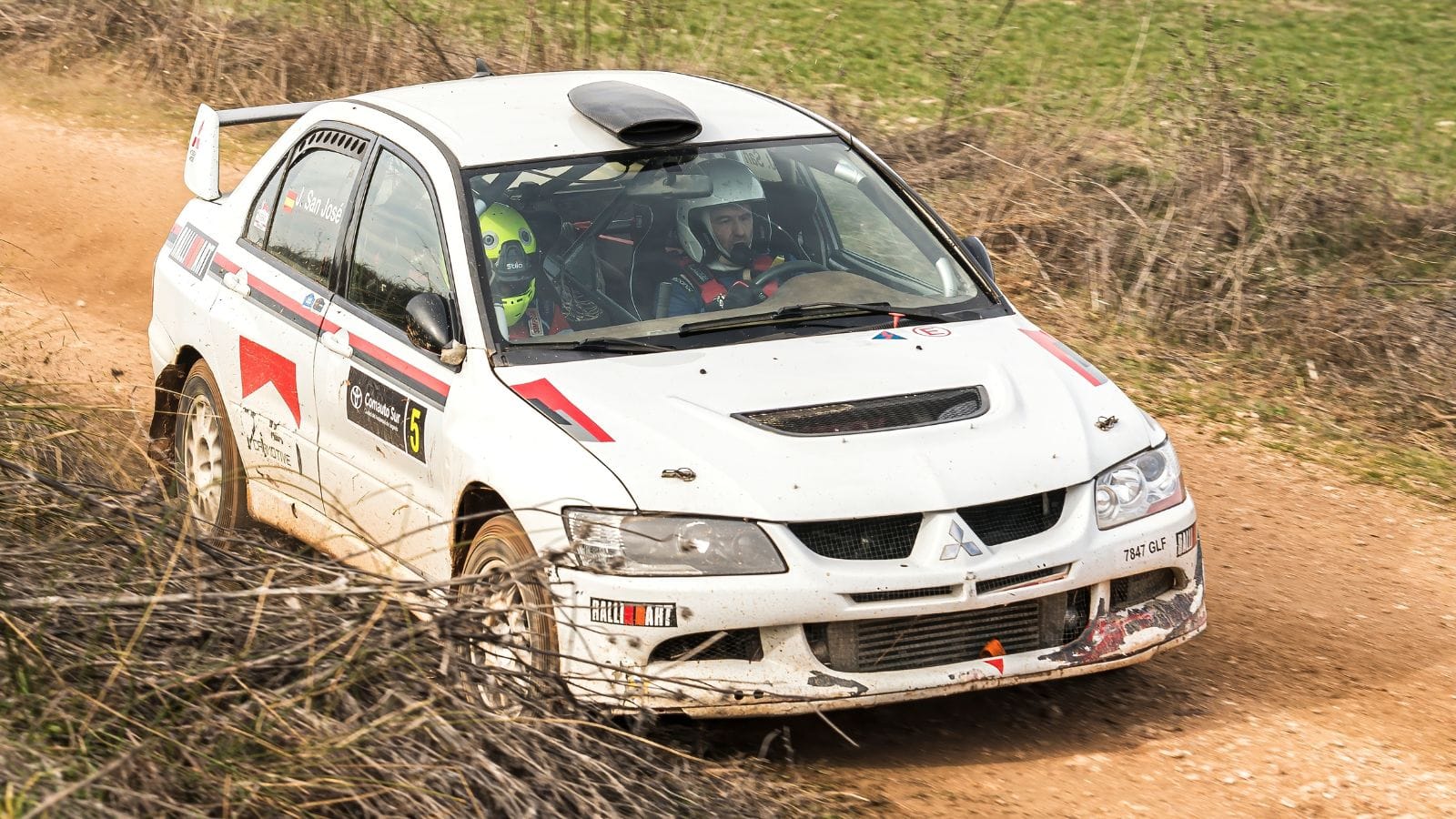
The Lancer was once Mitsubishi’s best shot at breaking into the Canadian mainstream. With rally-inspired looks, a sporty GT trim, and standard features that beat out competitors, it enjoyed a strong presence in the 2000s. But Mitsubishi failed to innovate, and as rivals upped their game, the Lancer began to feel outdated. Production ended in 2017, and without updates, resale values plummeted. Add to that limited dealership coverage and dwindling parts supply, and it’s easy to see why the Lancer is vanishing from Canadian roads.
21 Products Canadians Should Stockpile Before Tariffs Hit

If trade tensions escalate between Canada and the U.S., everyday essentials can suddenly disappear or skyrocket in price. Products like pantry basics and tech must-haves that depend on are deeply tied to cross-border supply chains and are likely to face various kinds of disruptions
21 Products Canadians Should Stockpile Before Tariffs Hit
